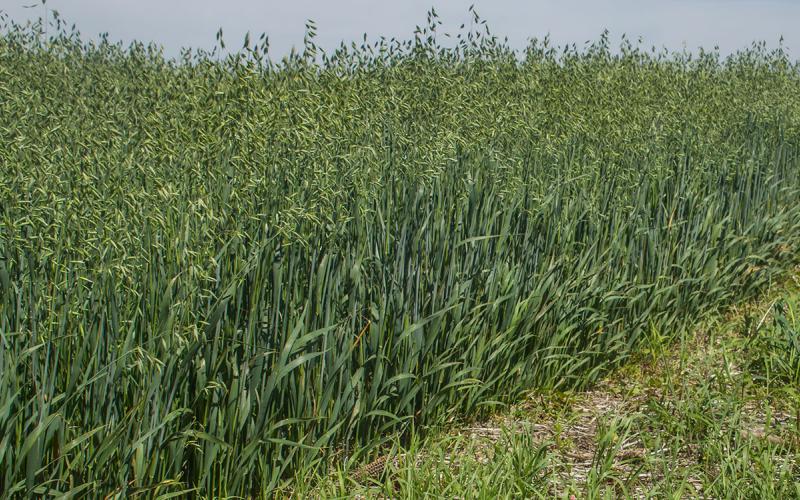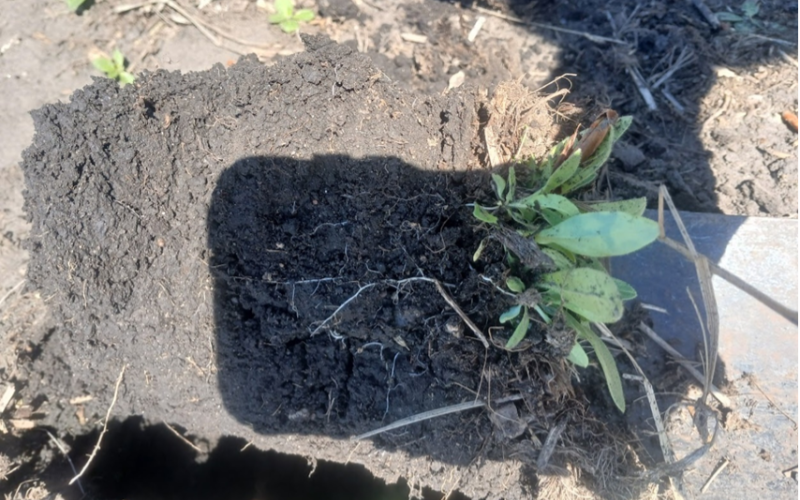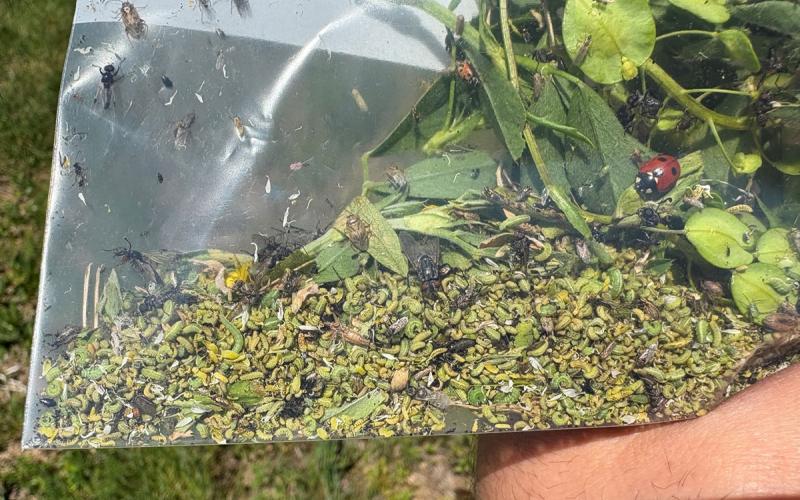Depending on your needs and the cover crop(s) you plant, you can enhance water retention and infiltration, decrease erosion, amp up organic matter, extend grazing seasons… and so much more.
Let the SDSU Extension team put research-based information to work and help you decide the best cover crop(s) to meet your production goals.
Our Experts
Upcoming Events

Crop Hour
SDSU Extension Crop Hour webinars provide valuable information for South Dakota crop producers to help them improve their profitability and prepare for the upcoming season.
Related Content

Comparing Cover Crop Mixture Performance after Oats and its Effect on Corn Yield the Following Year
A research trial completed at the South Dakota Agricultural Experiment Station Northeast Research Farm comparing cover crop mixture performance after oats and its effect on corn yield the following year.

Effect of Camelina Cover Crop on Soil Health and Corn Yield
Study results focused on the effect of camelina cover crop on soil health and corn yield.

Learn about alfalfa weevil at Northern Plains Forage Association annual meeting
November 17, 2025
South Dakota State University Extension encourages producers to attend the Northern Plains Forage Association annual meeting and seminars, which will feature forage-related education and research.







